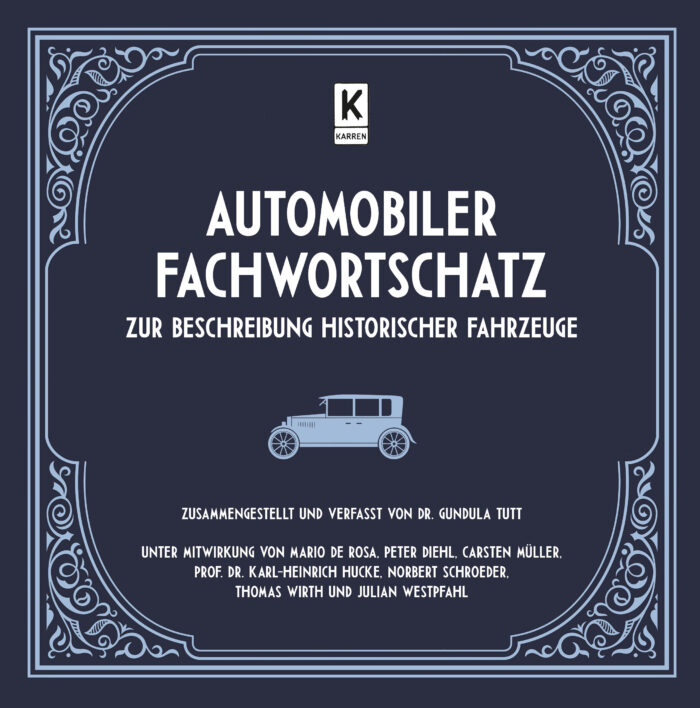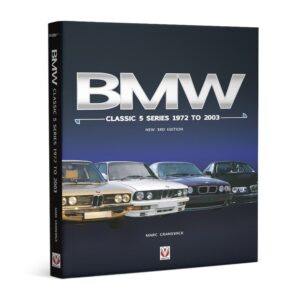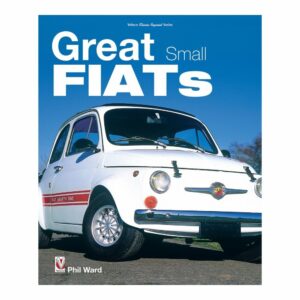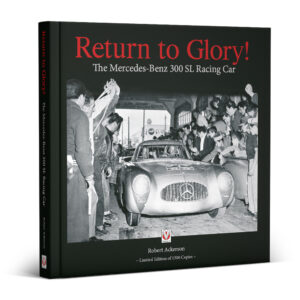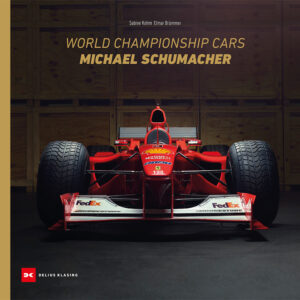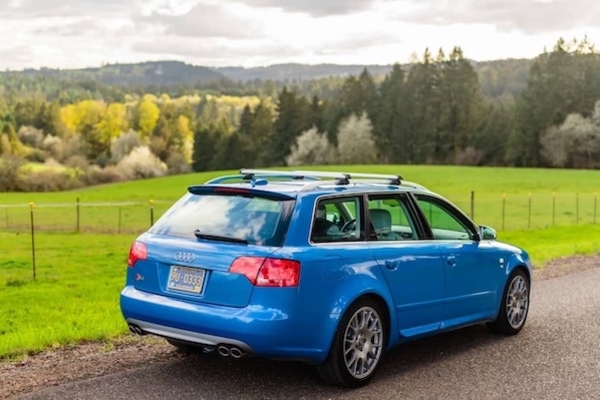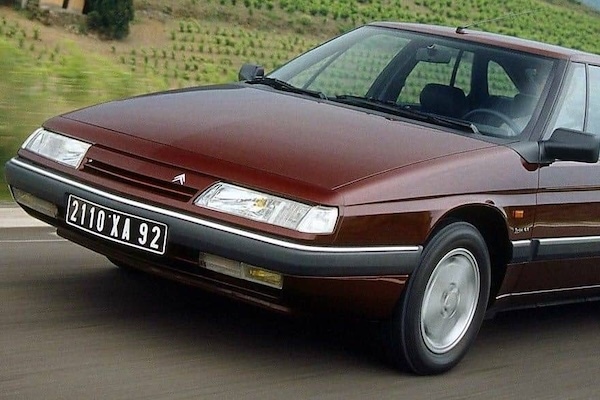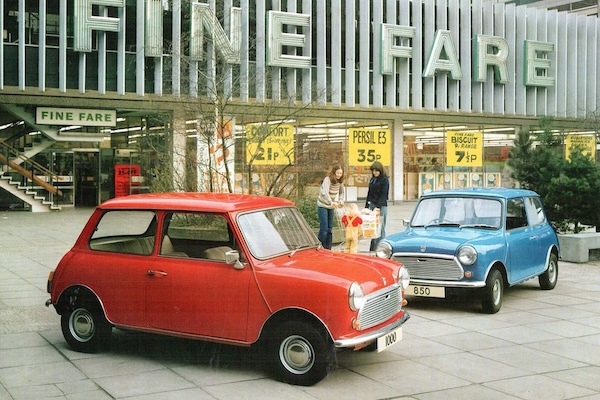Automotive Vocabulary to Describe Historic Vehicles Book
Delius Klasing32 $
A confusion of languages of Babylonian proportions prevails in the classic car scene today. Pure passion can be sung about in lyrical tones, but sometimes facts call for a precise formulation. For example, when expert opinions and evaluations deal with conditions, originality or patina – terms that everyone knows to use today from their own experience and perspective.
Discussions, however, are always difficult when the vocabulary used is lost in a wide panorama of free interpretations. This lack of clarity is particularly irritating because terms from the spectrum of art and cultural assets have increasingly found their way into the world of historic vehicles. They are mostly used without their definitions, which have been established for decades and are anchored as legally valid standards in international norms, agreements, laws or agreements on the protection of cultural property. Official applications have long been in place: The so-called oldtimer guideline – anchored in the famous §23 StVZO – explicitly requires the examination of whether the presented vehicle actually meets the criteria of a raft vehicle cultural asset or not.
This specialist vocabulary reflects the current status of a large number of terms. It offers everyone who encounters historic vehicles with interest and passion a profound reference to be able to differentiate and describe states and approaches more precisely in the future.
Please note that this book is written in German.
Please note that certain links on this website are affiliate links. If you click on an affiliate link and make a purchase, we may earn a commission.
